With the National People’s Power Government led by President Anura Kumara Dissanayake ascending to power with a large mandate, the public’s expectations around the oft-mentioned goal of “eradicating rural poverty” have significantly increased. To fulfill those expectations, minimizing the human-elephant conflict—now widespread across much of Sri Lanka’s dry zone—must be made a national priority. In this context, Sri Lankan environmentalists and scholars have consistently called for a rapid, holistic, and science-based response, moving beyond the outdated, unscientific, and failed methods currently employed to manage this complex human-wildlife conflict. What the NPP promised and the people expected was the effective resolution of our burning issues through a logical, science-based approach. Unfortunately, the current Government, including His Excellency the President, appears to be choosing a path based on unfounded beliefs and ignorance, which aggravates the problem rather than eliminating rural poverty.
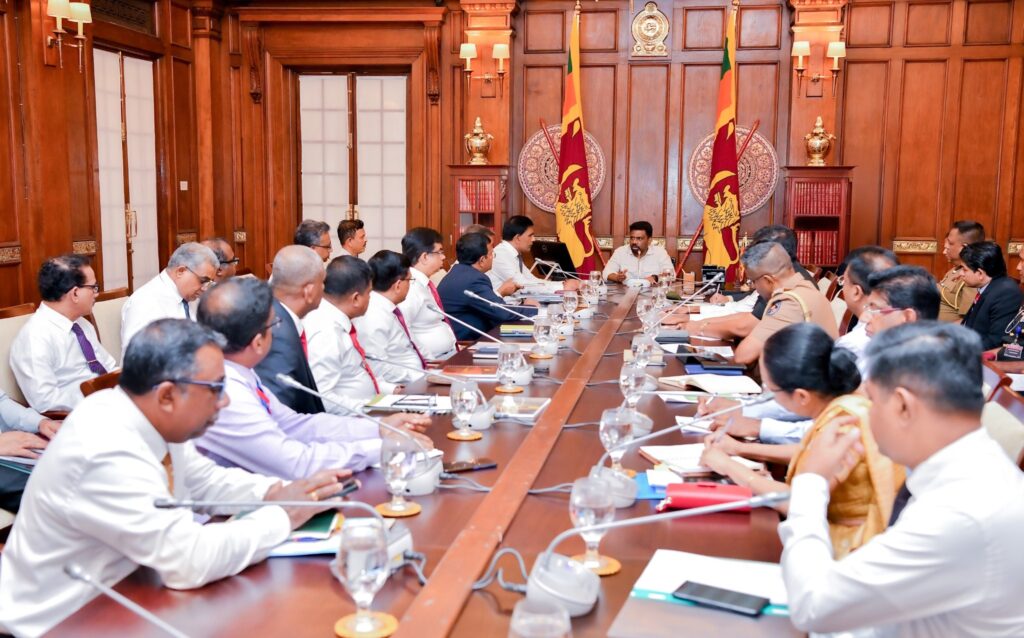
The President’s Media Division announced that during a meeting held at the Presidential Secretariat on June 20, the President instructed officials to urgently implement a comprehensive mechanism to address the human-elephant conflict, which severely affects both rural livelihoods and the national economy. Accordingly, officials have been directed to appoint district-level committees within the next month in areas affected by human-elephant conflict. Further instructions include recruiting retired officers on contract basis to fill vacancies in the Department of Wildlife Conservation, deploying trained Civil Security personnel to assist the department, and drafting a relevant legal framework. Additionally, the President emphasized the need to streamline current operations (elephant drives) jointly conducted by the Police, Security Forces, and Wildlife officials.
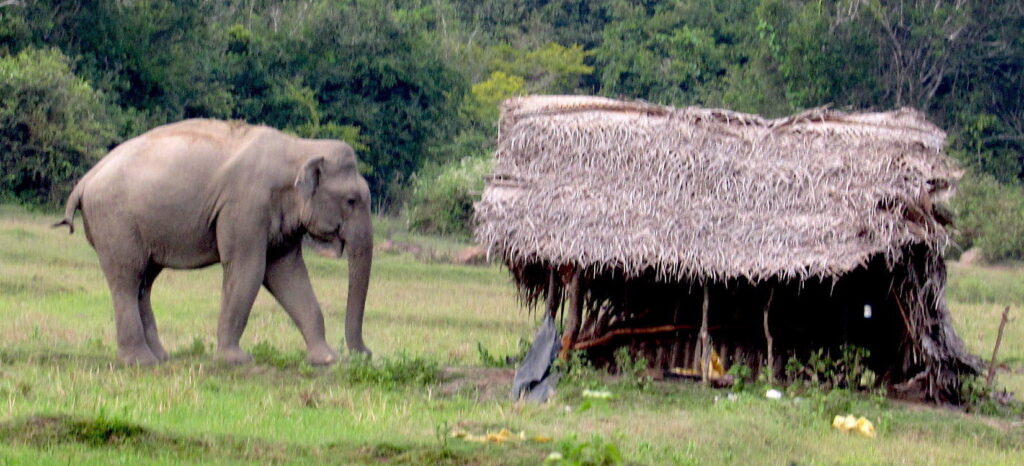
However, the measures already taken—and those now being proposed—repeatedly confirm the current government’s fundamental lack of understanding of the root causes of human-elephant conflict, elephant behavioral ecology, and the practicality and success or failure of various mitigation methods. Resolving a conflict with one of the most intelligent, powerful, and emotionally sensitive species on earth demands an evidence-based understanding of elephant behavior, their responses to mitigation actions, and the effectiveness of mitigatory actions. The failure to take these into account in the past, has contributed to Sri Lanka becoming the country with the world’s most intense human-elephant conflict—marked by significant public expenditure and increasing rural suffering.
In 2020, it was scientifically demonstrated that human-elephant conflict is reported from eight (8) Provinces, 19 Districts, and 131 Divisional Secretariats in Sri Lanka, and globally, Sri Lanka has the highest annual elephant deaths and the second-highest human fatalities due to such conflicts. Scientific research has also shown that the conflict is intensifying in both severity and geographical spread. Another key milestone in that year was the preparation of the National Action Plan for the Mitigation of Human-Elephant Conflict. It was developed by a Presidential Committee comprising wildlife experts, relevant State Department Heads, and District Secretaries from conflict-prone areas. The plan recommended abandoning methods like elephant translocations and drives that have been undertaken for decades and consistently failed to resolve the conflict, and instead focusing on proven strategies such as community-based permanent village electric fencing and community-based seasonal agricultural electric fencing to protect villages and farmlands from elephant depredation.
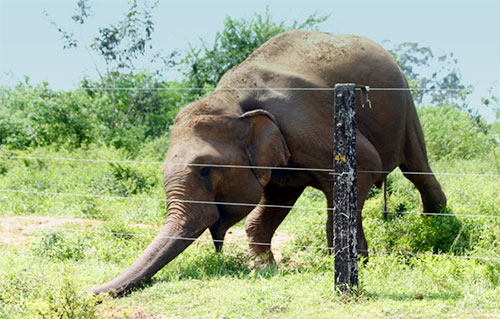
While the National Action Plan for the Mitigation of Human-Elephant Conflict was developed during President Gotabhaya’s period, it was then shelved, and the government took no steps to implement it. Despite the plan’s recommendation to appoint a Presidential Task Force for its implementation, it was never done. Instead of a task force, during President Ranil Wickramasinghe’s period, a Committee to facilitate and oversee the implementation of the National Action Plan was appointed. Despite lacking authority and funding, and the limited implementation possible, particularly the implementation of over three hundred community-based paddy field electric fences in Kurunegala, Anuradhapura, Puttalam, Killinochci, Mullativu, Trincomalee, Moneragala and Hambanthota Districts through the Department of Agrarian Development, and significant reduction in elephant drives and translocations by the wildlife conservation Department, it contributed to a reduction in both human and elephant fatalities in 2024—the first such drop in nine years. Sadly, the Committee’s term and even the limited implementation of the National Action Plan automatically ended with the change in government. Since the start of this administration, the full and proper implementation of the Action Plan has been urged by environmentalists and scientists, but this remains a distant dream.
Participating in the recent meeting on human-elephant conflict mitigation, chaired by the President on June 20th, were the District Secretaries from the most conflict-affected areas—Anuradhapura, Polonnaruwa, Puttalam, Kurunegala, Ampara, Hambantota, and Monaragala—and officials of the Department of Wildlife Conservation. Ironically, while many of these same officials, or their predecessors, were members of the committee that prepared the National Action Plan, none thought of enlightening the political authority on the failure of elephant drives to mitigate the conflict or of the effectiveness of community-based electric fencing. Instead, they led the politicians down the path of ignorance and disaster.
Since the new Government took office, the Department of Wildlife Conservation—often commanded by ministers and deputy ministers of various subjects —has resumed driving elephants to protected areas. Additionally, ignoring the government audit itself, which demonstrated its complete failure, translocating elephants to the controversial “Elephant Rehabilitation Center” or elephant prison in Horowpathana, has been resumed. Upon resumption of elephant drives under the current regime, the first drive in Kekirawa in December 2024, completely failed as the elephants refused to be moved, and was given up. Subsequently, a large-scale drive was undertaken to drive elephants from Sraawastipura, Thalaawa, Oyamaduwa, Thanthrirmale and Morawewa in Anuradhapura to Wilpattu National Park. The drive also completely failed, with no elephants being driven to the Park and instead leading to increased damage to crops, houses, and property in the drive areas. Not satisfied with these failures next a drive was initiated in Puttalam in March 2025 to drive elephants from Mahakumbukkadawala, Anamaduwa, and Karuwalagaswewa to Sellankanda/Tabbowa. That too completely failed, and the people in the drive villages now complain of increased raiding by elephants. After that, drives were done in Matale and Polonnaruwa with equally dismal results. And now more drives are being planned in these same districts and also in Kurunegala, Ampara, and Hambantota. The recent spate of failures only confirmed the documented failures of the last 65 years in mitigating human-elephant conflict by elephant drives.
Elephant drives involve hundreds of people going into forests and creating large-scale disturbance, the lighting of thousands of firecrackers, and shooting at elephants with rubber bullets and SG cartridges, subjecting elephants to severe stress and extreme conflict. This leads to elephants becoming terrified of people and responding with increased aggression upon encountering humans. After conducting such operations, which invariably fail to eliminate elephants from drive areas, the politicians and officials responsible depart, leaving rural communities to deal with the enraged elephants, at the cost of their lives.
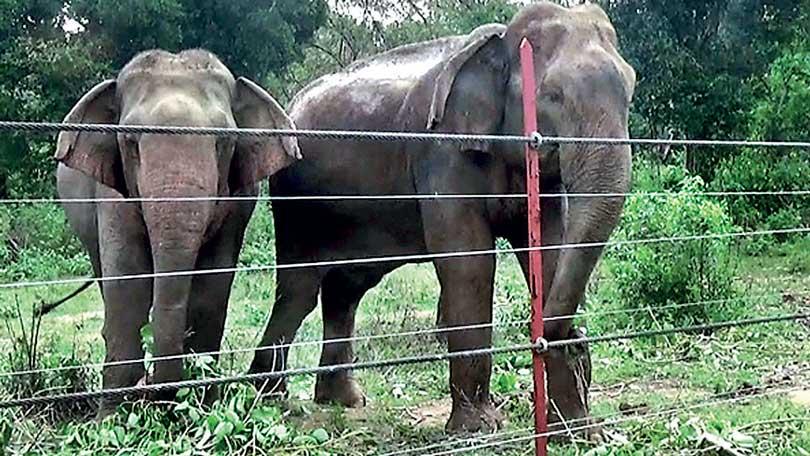
These operations also entail significant financial costs, for salaries and bonuses of personnel, their transport, board and lodging, for explosives, ammunition, drones, etc. Under previous governments, such exercises were welcomed as there were many who gained financial and other benefits. While this would not be the case under the NPP, the question now is who should be held accountable for repeatedly investing public funds into ineffective operations that only worsen the crisis?
Looking at the decision makers of recent moves illustrates the lack of an evidence-based and scientific approach to this question under the NPP regime. An inquiry into the decision-makers behind the above failed elephant drives under the National People’s Power government lays bare the unscientific foundation on which these efforts have been based. The committees proposed by the President is an extension of this trend. In Mahiyanganaya, at a meeting led by the Environment Minister to address the local conflict, a regional Assistant Director of Wildlife was prevented from presenting sustainable solutions by the Badulla MP Sudath Balagalla, who instead pressured officials to confine elephants into the Wasgomuwa National Park. Similarly, at the June 13th Kurunegala District Coordination Committee Meeting, Deputy Minister of Agriculture Namal Karunaratne ordered the immediate transfer of a Wildlife Ranger who had attempted to protect the Kahalla-Pallekele Sanctuary for elephants, and defended an official who advocated, failed elephant drives.
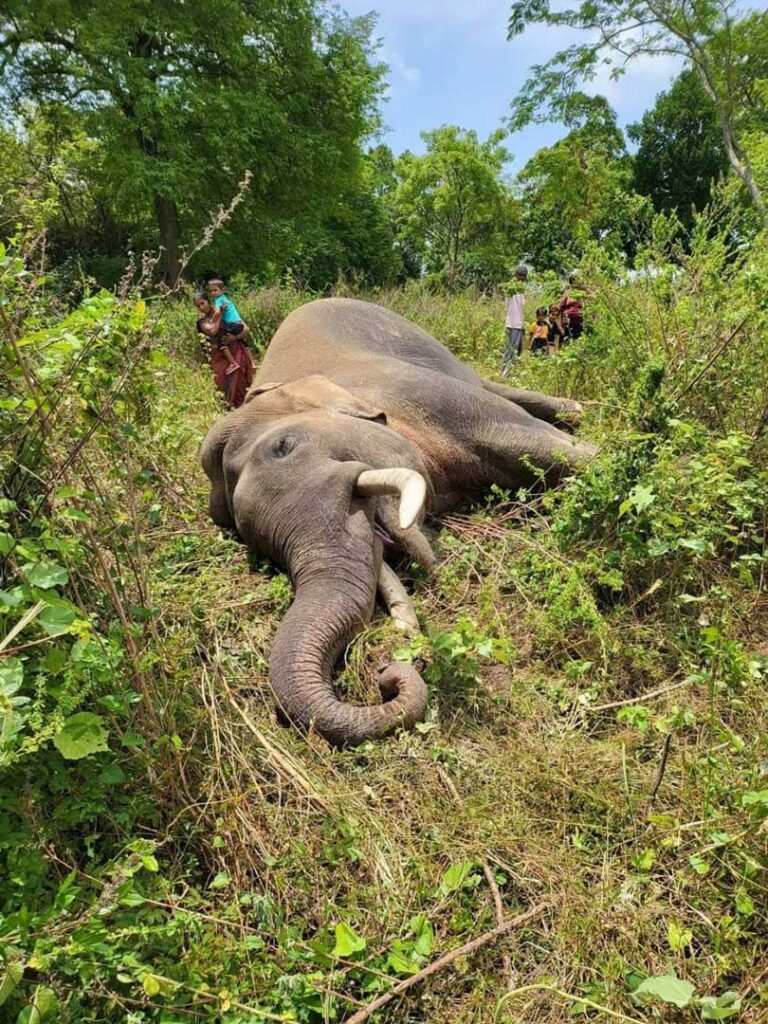
Recent press briefings by the Deputy Minister of Agriculture Namal Karunaratne, the blaggarding of the Wildlife Department by the Public Security Minister, Ananda Wijepala, and recent public statements by the Minister of Public Administration, Provincial Councils, and Local Government, A.H.M.H. Abeyratne, regarding a Government-approved project in Puttalam, suggest that all these politicians have become instant experts in wildlife management. Since human-elephant conflict affects a large segment of our population, the keenness to address it by a range of politicians should be applauded. However, then they need to get off the high horse and spend the time and energy to study it and become knowledgeable.
The glaring absence of the Ministry of Environment in key decision-making processes regarding the management of elephants further indicates the absence of a logical and scientific approach, which was supposedly a core policy of the NPP. The apparent absence of the Minister of Environment at the high-level meeting held on the 20th is particularly telling. Even more concerning is that directives on how and what the Department of Wildlife Conservation should do, are being issued by politicians with unrelated portfolios. This not only undermines the Ministry of Environment but also raises serious concerns about the coherence and legitimacy of interventions on a matter of national importance.
Despite constant calls by experts and environmentalists for a coordinated, evidence-based, and scientific response, the Government is mired in the failed approach of confining elephants to protected areas. The Department of Wildlife Conservation’s large-scale recruitment of electric fence workers and Civil Security personnel further reinforces the current government’s backtracking and reliance on an unscientific, failed, outdated approach, setting back human-elephant conflict mitigation by decades.
Hence, the President’s perhaps well-intentioned meeting on human-elephant conflict mitigation only confirms our worst fears. In the name of eradicating rural poverty, the current Government is set on stoking the flames of human-elephant conflict, pushing both humans and elephants from the frying pan into the fire.
